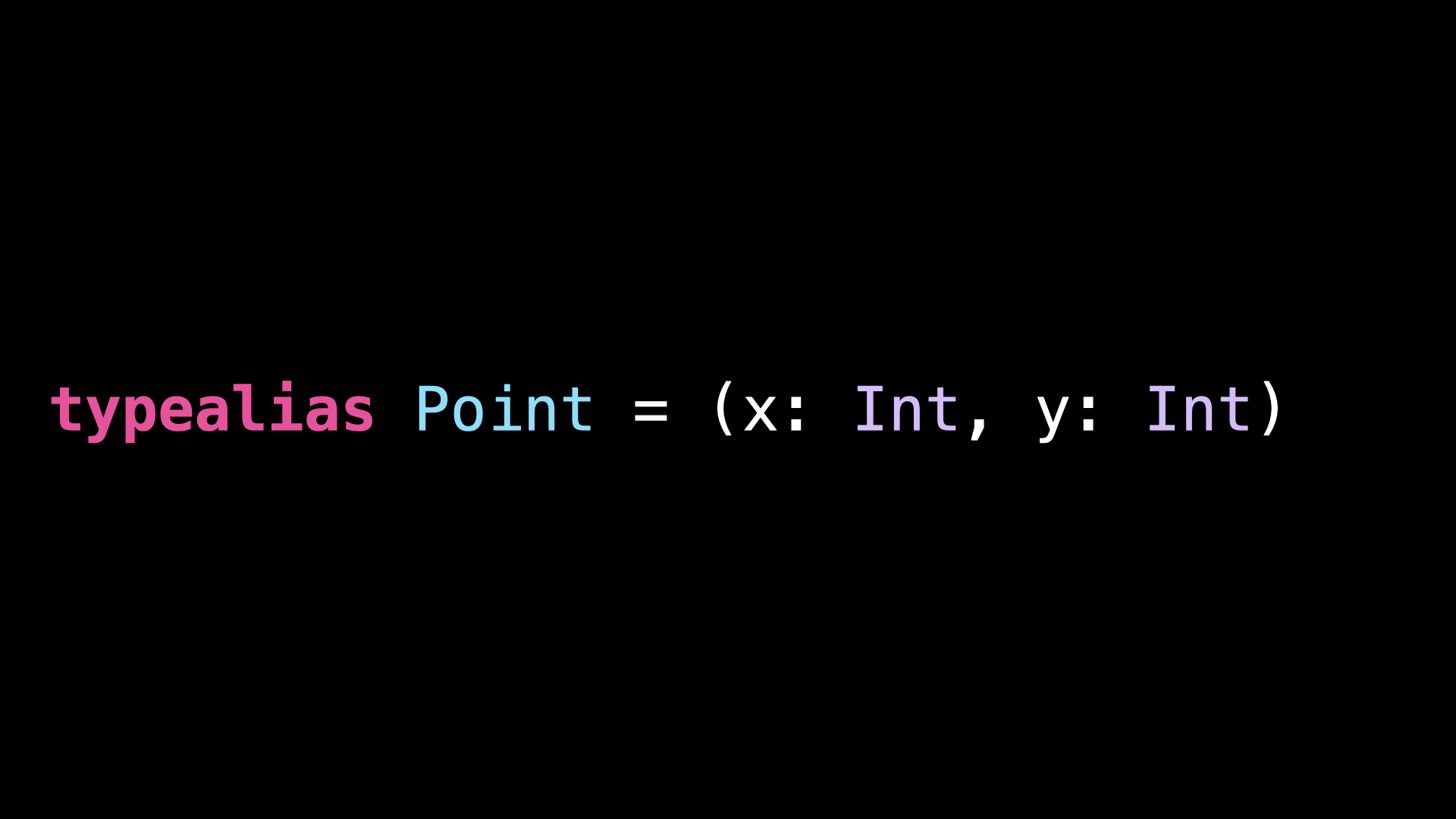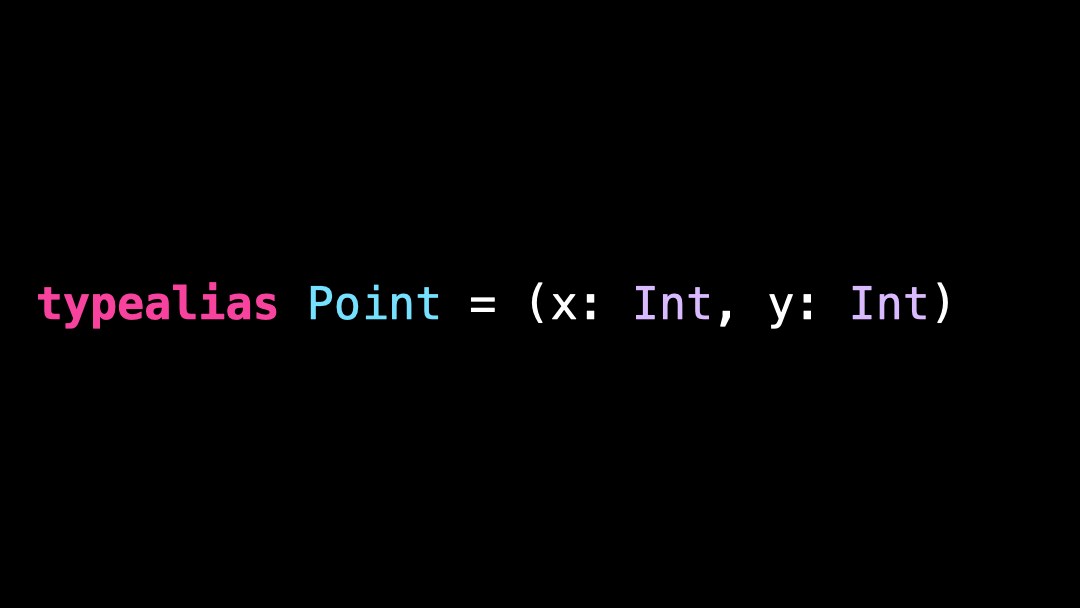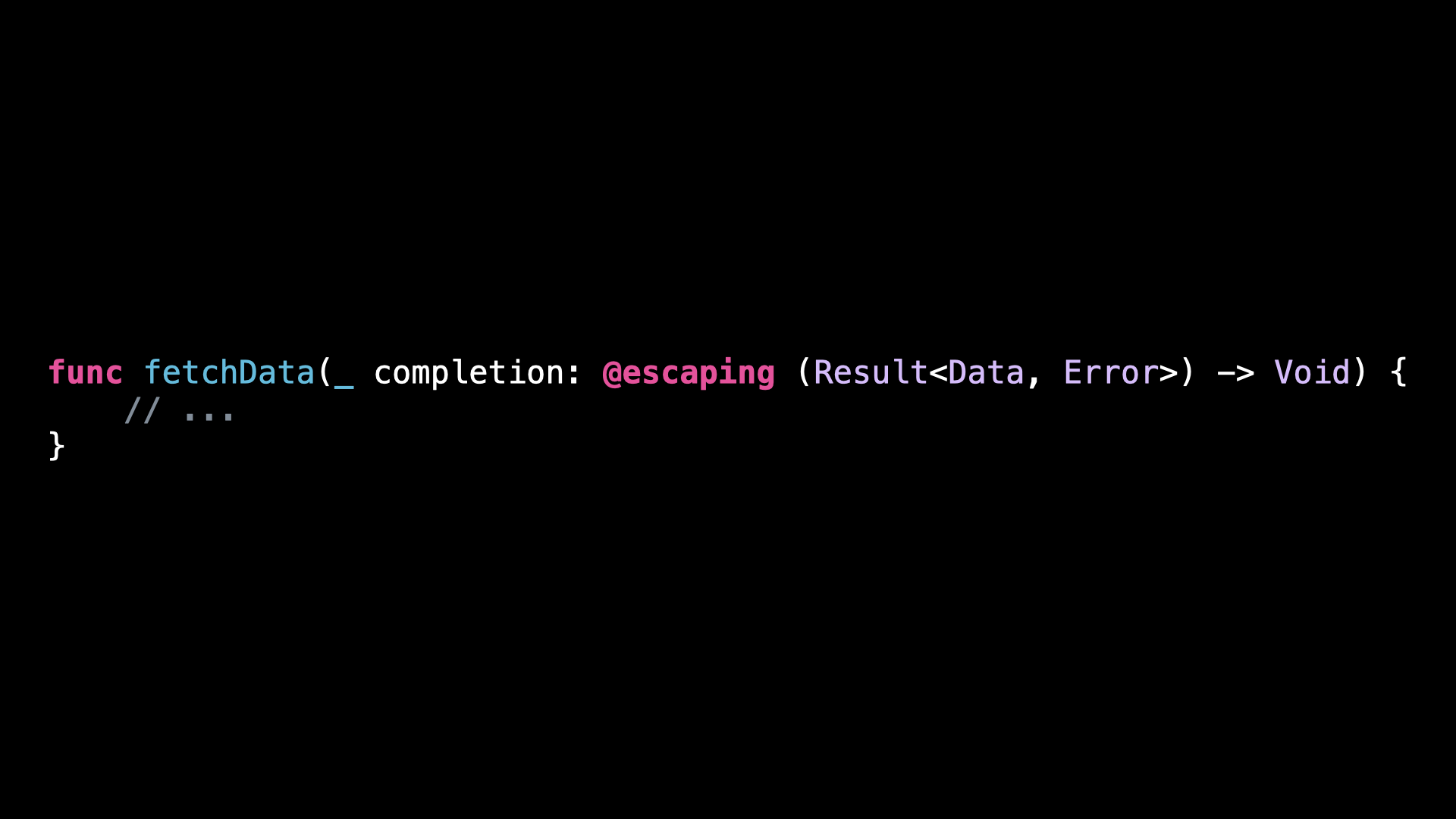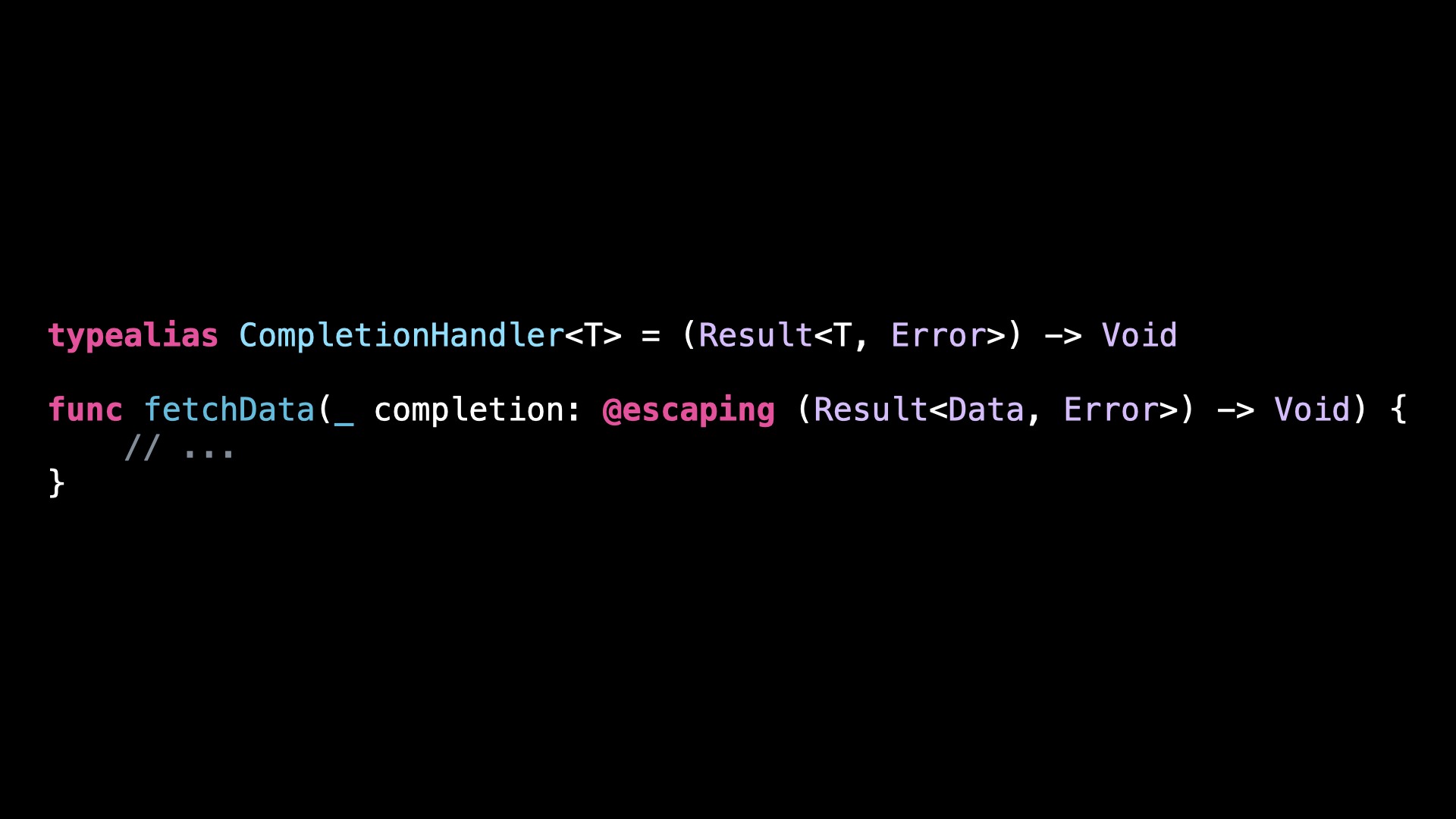Hidden feature: typealias
You’re more of a video kind of person? I’ve got you covered! Here’s a video with the same content than this article 🍿
There’s a good chance that you’ve already used a typealias at one point or another.
But did you know that typealias has a hidden feature?
Let’s consider this simple typealias:
We use it to conveniently store the coordinates of a Point using a tuple.
But notice how the type of the coordinates is hardcoded:
If we try to set the coordinates using Double rather than Int, the code won’t build.
And that’s when this hidden feature of typealias comes into play!
Just like a struct or a class, a typealias can also declare generic arguments.
And thanks to this generic argument, we can now use our typealias to set the coordinates of a Point using either Int or Double.
Even better, we can also add a generic constraint to the generic argument, in order to restrict it to numerical types.
A really great use case for this feature is when you need to deal with legacy code, that implements asynchronous operations using completionHandlers.
In that situation, you can define a generic typealias that matches the signature of the completionHandler…
…which will allow you to make this legacy code a bit more readable.
That’s all for this article, I hope you’ve enjoyed learning this new trick!
Here’s the code if you want to experiment with it:
typealias Point<T: Numeric> = (x: T, y: T)
let pointUsingInt = Point(x: 1, y: 2) ✅
let pointUsingDouble = Point(x: 3.0, y: 4.0) ✅
let pointUsingString = Point(x: "a", y: "b") ❌
typealias CompletionHandler<T> = (Result<T, Error>) -> Void
func fetchData(_ completion: @escaping CompletionHandler<Data>) {
// ...
}








